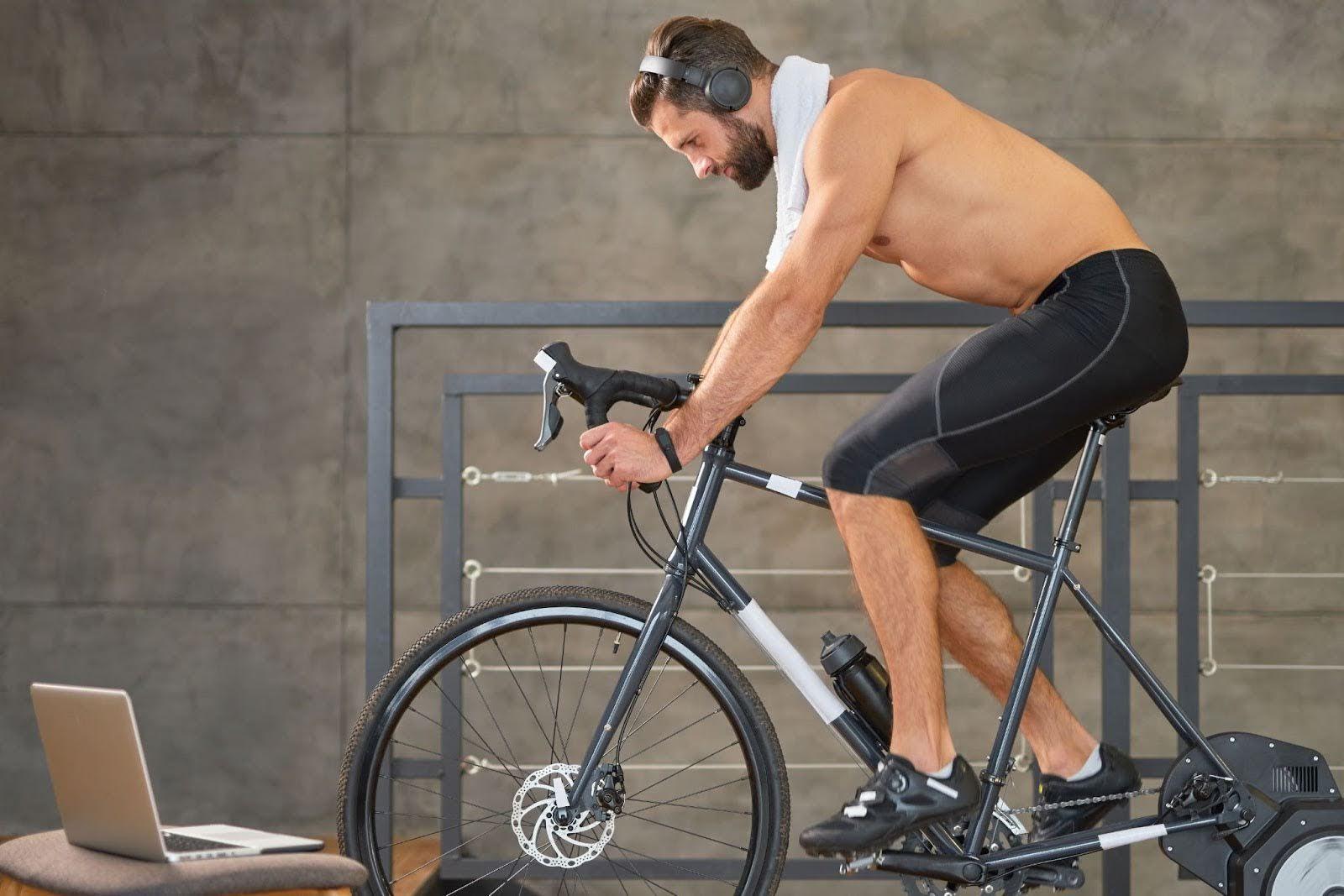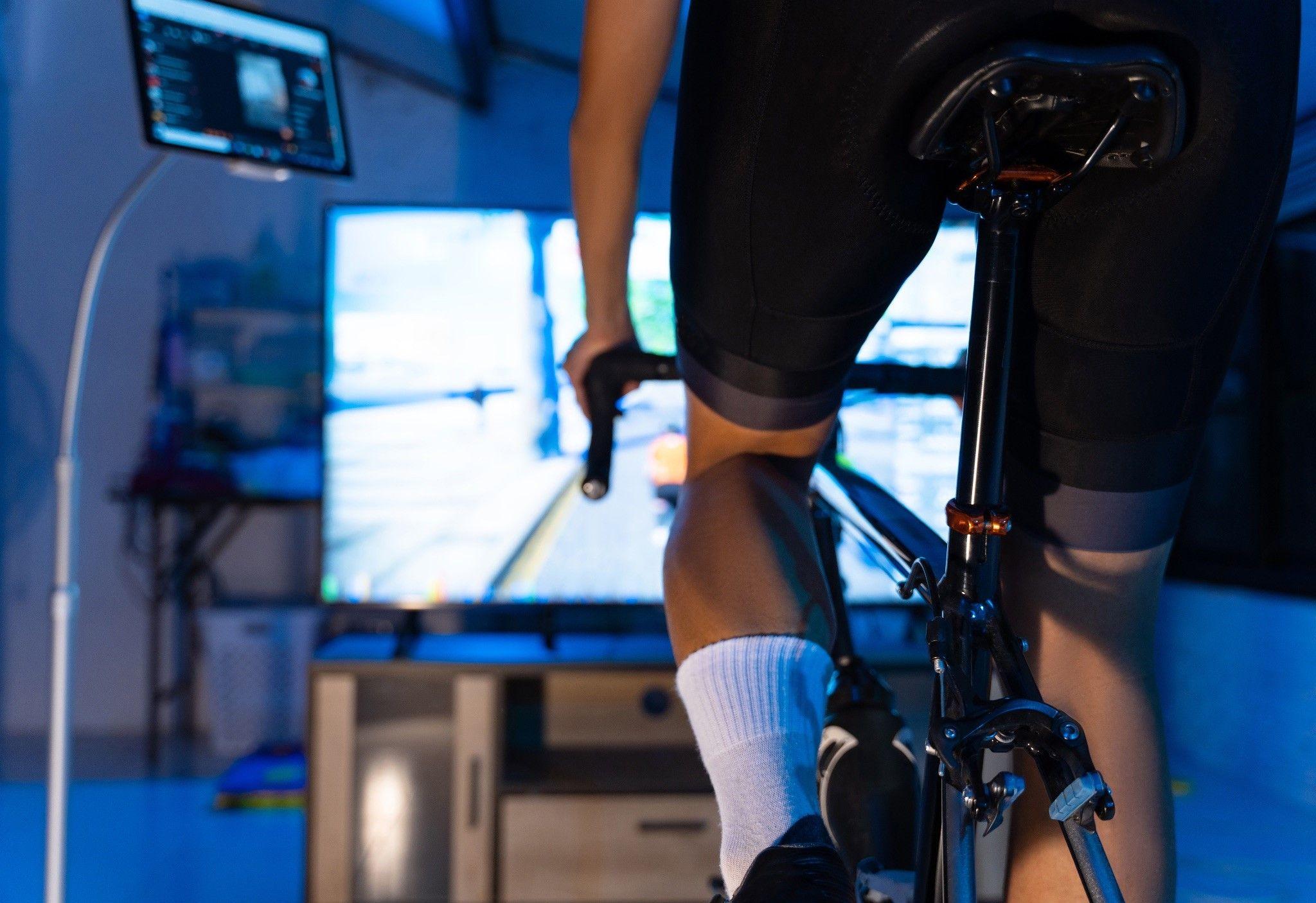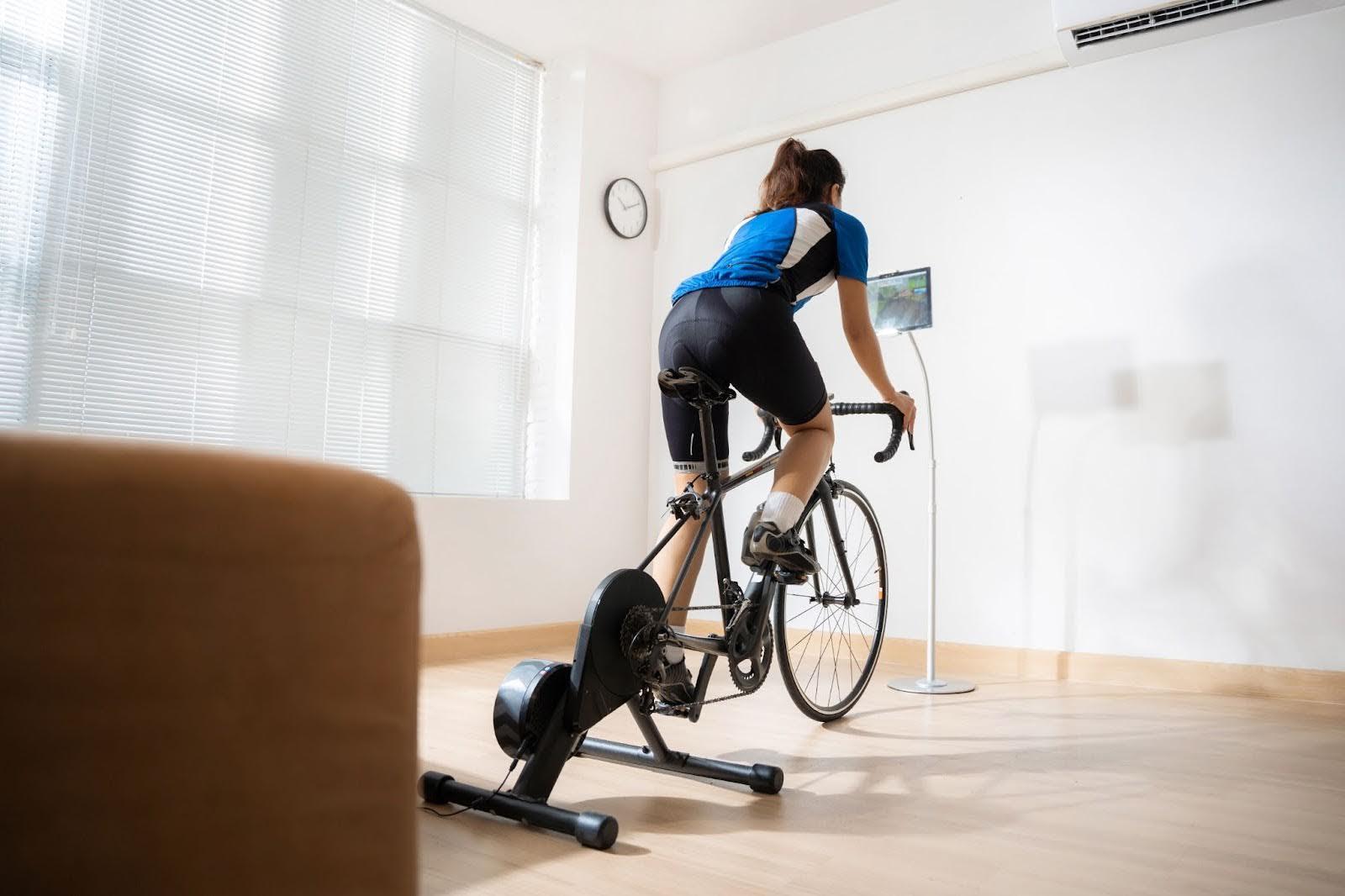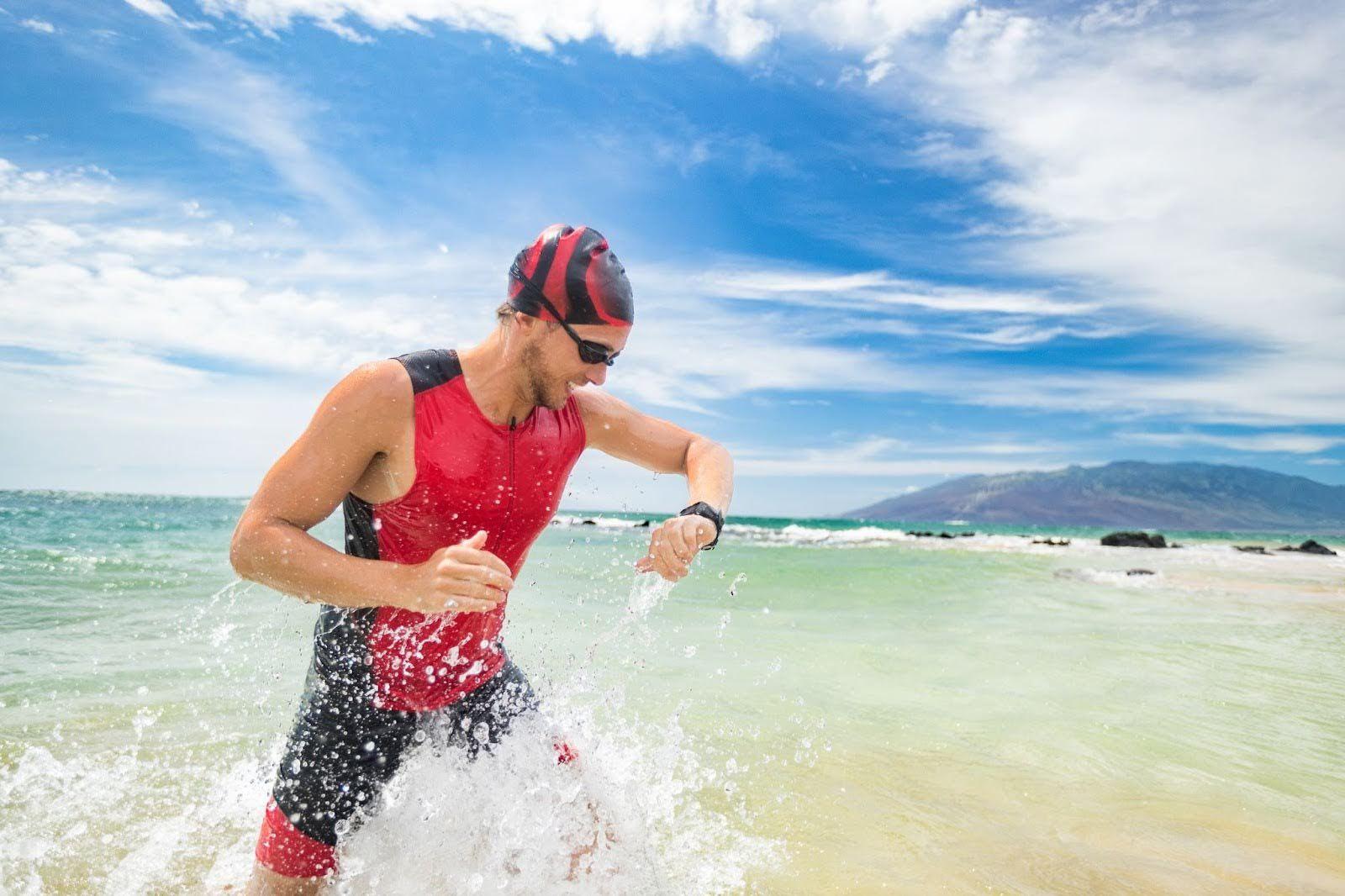
Music and cycling have become a natural pairing for many riders. Whether it's the driving beat that powers you up a climb, the podcast that turns a recovery spin into an educational session, or the immersive audio that transforms your ROUVY indoor training into an even more realistic virtual route, cycling with headphones is becoming increasingly popular among recreational and performance-oriented cyclists alike.
For triathletes, long-distance riders, and indoor cyclists, audio adds a powerful psychological advantage. Music can elevate motivation during intense intervals, while audiobooks or calming playlists can aid endurance and focus on longer rides. For many, having control over their soundscape enhances both enjoyment and performance, allowing them to block out distractions and fine-tune their mental game.
Riding with headphones also raises important questions about safety and situational awareness, however, especially when sharing roads or trails with traffic, pedestrians or fellow cyclists.
Is it safe to cycle with headphones?
Cycling with headphones is all about where, when and how you’re riding. In some countries and regions, the law strictly regulates or even bans the use of headphones on public roads. For example in France and in some U.S. states (such as California) you can only wear one earbud. In many other countries there’s no specific law but general safety regulations require you to be aware of your surroundings.

Safety concerns come from blocking out critical environmental sounds such as approaching vehicles, sirens and verbal warnings. Losing situational awareness can turn a nice ride into a hazardous situation. But not all cycling scenarios are created equal.
For indoor training on ROUVY, cycling with headphones is no road-safety risk and can be super immersive. Same for cycling on dedicated bike paths or closed-loop courses where you can wear headphones and be safe, provided you’re aware of your surroundings. But wearing noise-cancelling earbuds while riding on busy urban streets or rural roads with traffic is, of course, extremely dangerous. Just don’t.
It’s all about balance. Riders must assess their environment, legal obligations and personal skill level before deciding to cycle with headphones.
What to look for in cycling headphones
When choosing the best headphones for cycling, several things take priority over pure sound quality. Unlike casual listening, cycling demands headphones that are safe, fit well and can handle sweat, wind and weather.
Fit, Security and Helmet Compatibility: Cycling with headphones means constant head movement, road vibrations and helmet straps. A secure fit is key to avoid distractions or losing an earbud mid-ride. Many cyclists prefer models that wrap around the ear or rest on the cheekbone. Helmet compatibility is just as important; big over-ear models often clash with helmet straps or ventilation.
Wind Noise and Ambient-Sound Modes: Wind noise is a big problem at cycling speeds. Look for headphones with features that reduce wind interference or ambient-sound modes that amplify external noise so you can hear traffic or other cyclists even while listening to music.
Battery Life and Sweat Resistance: For long rides or multi-hour indoor training sessions, battery life is key. And sweat resistance (ideally rated IP55 or higher) means the headphones can handle sweat and the occasional rain shower.
Controls and Ease of Use: Fiddling with small buttons while riding is both dangerous and frustrating. Intuitive controls, voice activation or touch panels within easy reach ensure you stay focused on your surroundings, not the gear.











